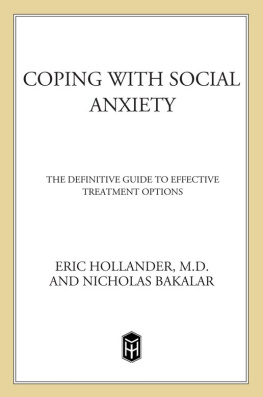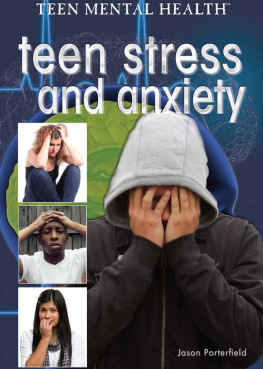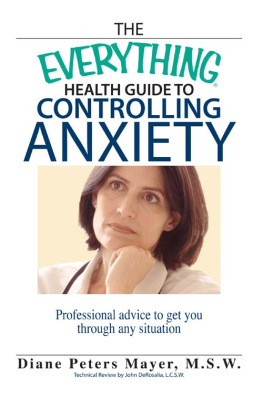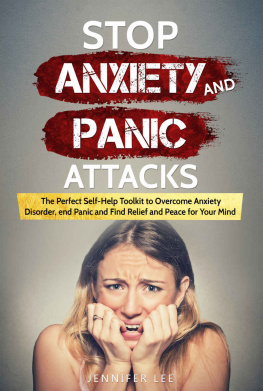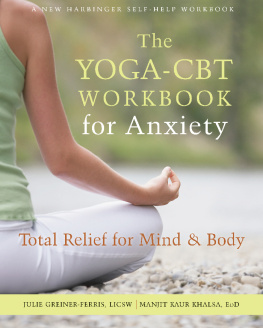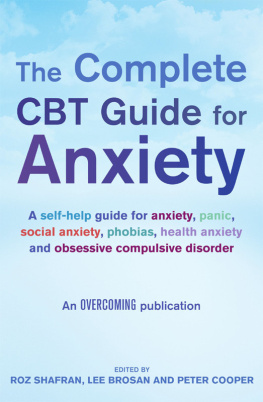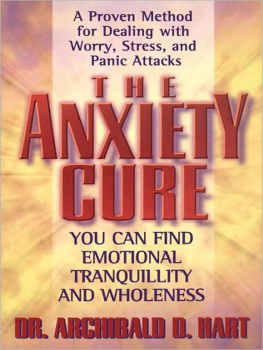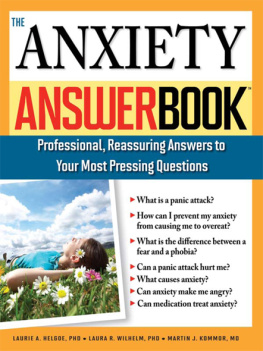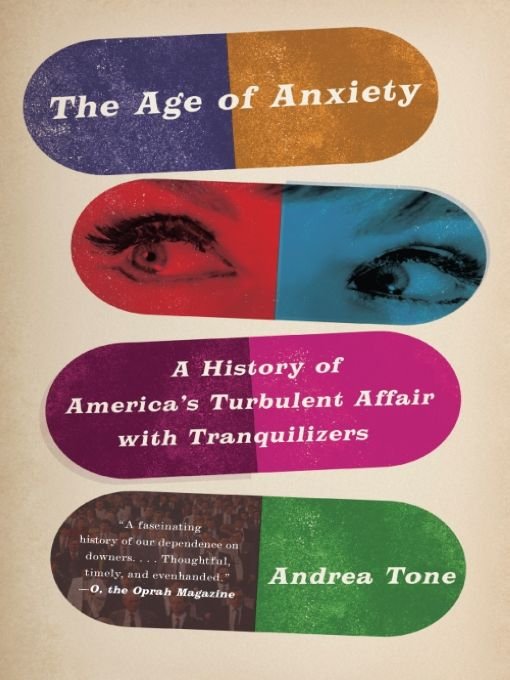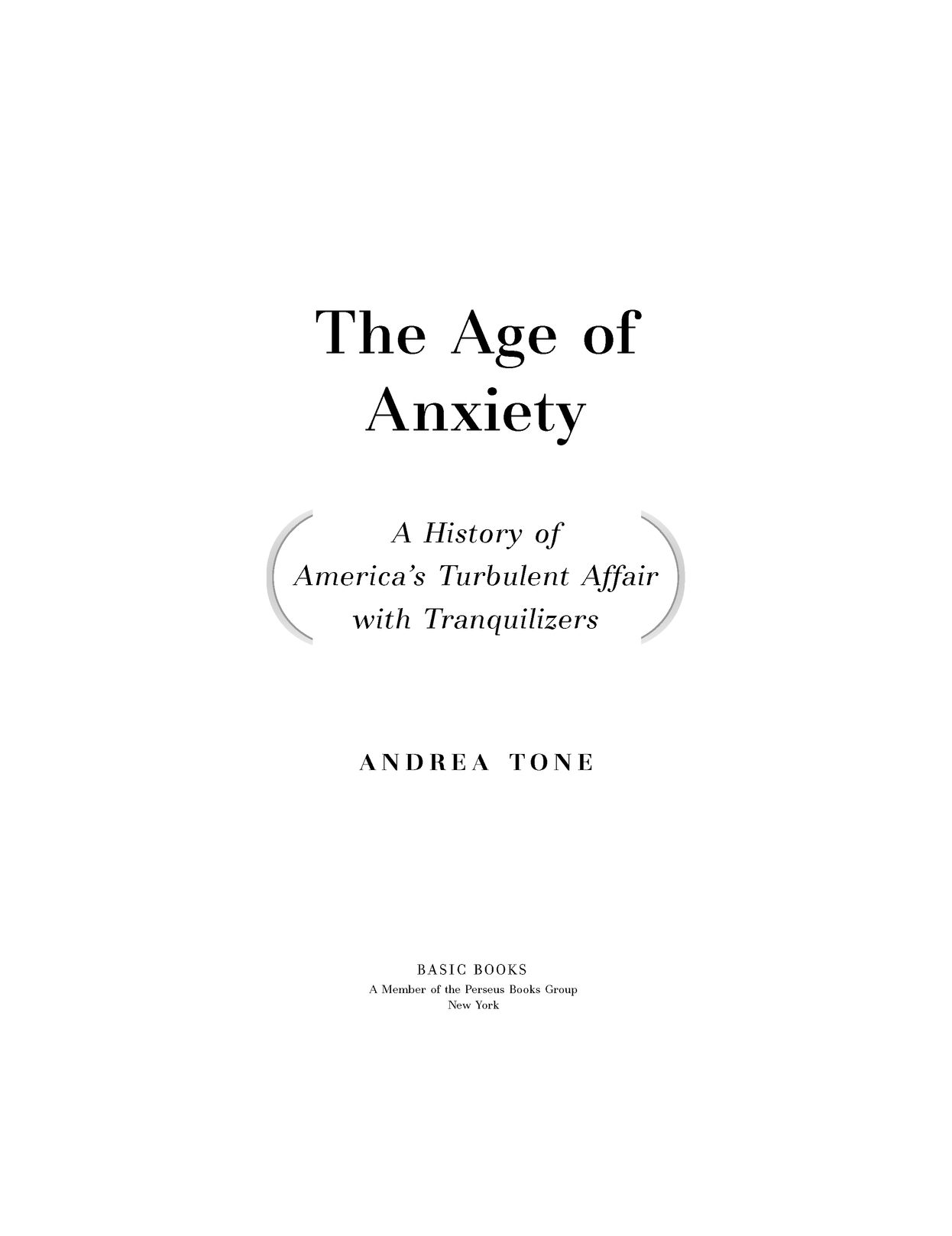Table of Contents
PRAISE FOR
The Age of Anxiety
[An] excellent book.
Bookforum
Very accessible and well-researched.
New York Post
[A] lively and thoughtful history.
Minneapolis Star-Tribune
[A] captivating account of the development and use of medications in the treatment of anxiety in the United States.
National Catholic Reporter
[A] well-written and enticing history.... Recommended strongly for the educated layman and medical history buffs.
Science Books & Films
Tone has many virtues as a historian and historiographer, and among them is this: she writes like a dream.... Anyone interested in American social history and anyone interested in drugs should read this book.
ISIS: Journal of the History of Science Society
Tones work will not only be of interest to students and scholars in the history of psychiatry, but will also attract a wide audience who will find much of value in her thorough reading of the age of tranquilizers.
Journal of Social History
Tone masterfully knits together a compelling narrative.
Bulletin of the History of Medicine
[A]n engaging, witty, and important contribution.
Choice
Tone is a skilled historian and an artful wordsmith.
PsycCRITIQUES
Revelatory history.
Reason
Readable, informative account of how cultural, economic and political forces have shaped the way Americans address anxiety.
Kirkus Reviews
This gripping book is much more than a history of psychopharmaceutical invention; it is an account of our fears and fantasies about pills.
Tanya Luhrmann, author,Of Two Minds:
An Anthropologist Looks at American Psychiatry
This is a tour de force.
Herbert Meltzer, MD, Bixler/May/Johnson
Professor of Psychiatry and Pharmacology at
Vanderbilt University School of Medicine
Extensively researched and convincingly argued.
Jonathan M. Metzl, author ofProzac On the Couch
This is a captivating story of our times.
Dorothy Porter, Ph.D., Professor in the History of Health
Sciences and Chair, University of California, San Francisco
Andrea Tone has a nose for compelling stories.
David Herzberg, University at Buffalo,
author ofHappy Pills in America: From Miltown to Prozac
It is a must-read for those who consume the drugs and also for those who do not.
Ruth Schwartz Cowan, Janice and Julian Bers Professor,
University of Pennsylvania, author ofHeredity and Hope
A thoughtful and timely study.... This is not just another indictment of pharmaceutical profit-maximizing but a thoughtfuland accessiblehistory of one part of our collective identity.
Charles Rosenberg, Ernest E. Monrad Professor
in the Social Sciences at Harvard University,
author ofOur Present Complaint
Lively, fascinating and even-handed.
Elaine Tyler May, author ofHomeward Bound:
American Families in the Cold War Era
Relax. Sit down in a comfortable chair and read this compelling book.
Daniel Horowitz, Mary Huggins Gamble Professor of
American Studies at Smith College; author ofThe Anxieties of
Affluence: Critiques of American Consumer Culture, 19391979
The Age of Anxiety is an indispensable account of the pilgrims arrival on the new continent of tranquility.
David Healy, MD, author ofLet Them Eat Prozacand
Mania; Professor of Psychiatry, Cardiff University
Filled with personal stories and historical details, The Age of Anxiety is a fascinating read.
Samuel Barondes, author ofBetter Than Prozac
ALSO BY ANDREA TONE
Medicating Modern America
Devices and Desires
The Business of Benevolence
Controlling Reproduction
For Sophia
PREFACE
Years ago, as I was researching the history of oral contraceptives in the 1960s and 1970s, I came across numerous references to the eras other great pill: the tranquilizer Valium. Approved by the FDA in 1963, the drug the Rolling Stones nicknamed mothers little helper was the most widely prescribed pill in the Western world from the late 1960s to the early 1980s. In 1978 alone, Valiums manufacturer, Hoffman-La Roche, sold nearly 2.3 billion tablets, enough to medicate half the globe.
As a historian of medicine interested in how ordinary people experience technological and social change, I wanted to know more about this phenomenon. Many books had been published on other psychiatric medications, but the history of minor tranquilizers, I quickly discovered, had been largely ignored. Minor tranquilizers are referred to as minor to distinguish them from drugs such as Thorazine or reserpine, first called major tranquilizers and now more commonly classified as antipsychotics or neuroleptics. (To avoid confusion, I use minor tranquilizers and tranquilizers interchangeably throughout this book but refer to drugs such as Thorazine as major tranquilizers or antipsychotics.) Scholars, patients, clinicians, and critics have paid a staggering amount of attention to depression; one thinks, for example, of Listening to Prozac, Talking Back to Prozac, Prozac Nation, The Noonday Demon, Let Them Eat Prozac, and the late William Styrons eloquent Darkness Visible. Here then, I thought, was a book that needed to be written: a history of tranquilizers set in the context of the golden age of postWorld War II pharmaceutical science, the changing dynamics of psychiatric thought and practice, and shifting cultural ideas surrounding consumer culture, convenience, drug use, and social roles.
There was also a more personal reason behind my decision to write this book. My own brush with acute anxiety happened unexpectedly. It was a sunny morning in June 2001, and I was on a plane bound for New York City. Comfortably cruising (or so our stalwart pilot told us) at 30,000 feet, our plane hit a patch of unexpected turbulence. Almost immediately, I felt tremors of fear wrack my body. The passenger on my right, a hefty man perched awkwardly in his economy-size seat, was asleep. The woman to my left was reading Bridget Joness Diary, an occasional giggle passing her lips. I, on the other hand, was a wreck. My palms were sticky. My body suddenly felt warm. I had flown hundreds of times before. What had transformed me from someone who once viewed plane travel as quiet time for reading into a tremulous passenger fearful that at any moment our airplane would hurl me and its contents to the ground?
I chalked it up to nerves. I had just published my book Devices and Desires on the history of contraceptives. My days in New York were packed with television shoots and radio interviews. Then there was Sophia, my seven-month-old daughter. It was my first separation from her and I hated it. As every hiccup of turbulence struck me as a prelude to a fiery death, I clutched her photo tighter, her big brown eyes staring back. Thats when I started perspiring.



